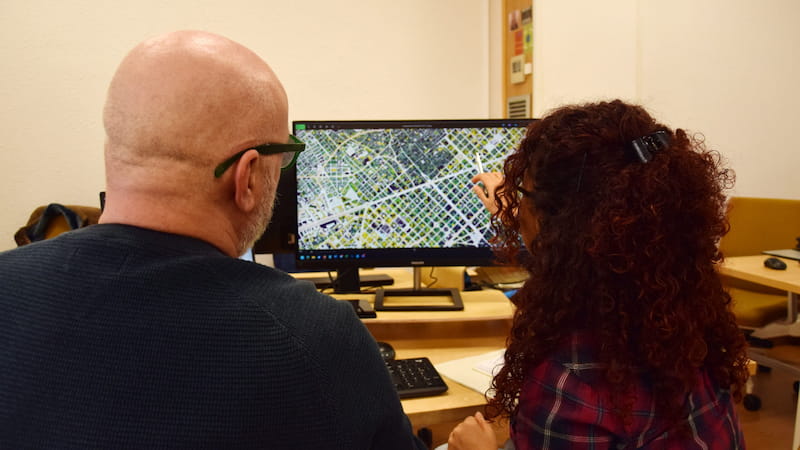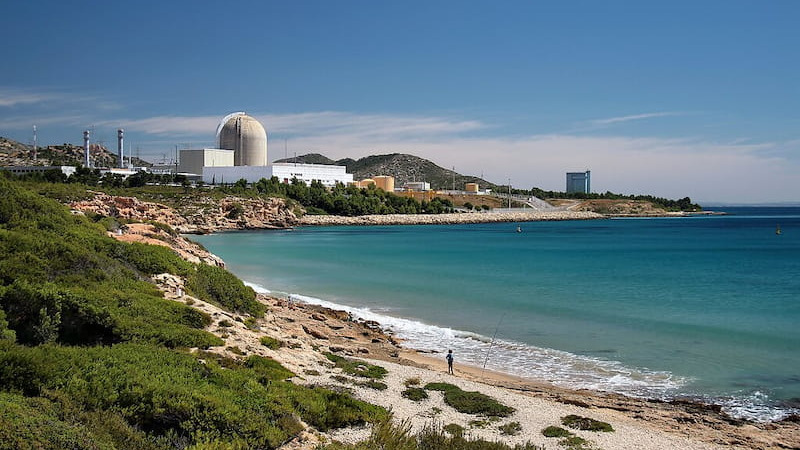
This project is devoted to development of computational and experimental techniques for the analysis and design of polymers in fire situations. It is well-known that thermoplastic-made domestic objects (such as, e.g. mattresses) tend to melt creating secondary ignition pools. Such polymeric objects can be treated as viscous fluids with high time-dependant viscosity. In this project we presented a computational algorithm for modeling thermoplastic polymer melting under fire conditions. We proposed a technique that aims at minimizing the computational cost, while providing realistic results regarding liquified polymer propagation. This is achieved by using the embedded-like approach, combining the particle finite element method for the polymer with an Eulerian formulation for the ambience (hot air). The polymer and ambience domains interact over the interface boundary. The boundary is explicitly defined by the position of the Lagrangian domain (polymer) within the background Eulerian mesh (ambience). This allows to solve the energy equation for both subdomains on the Eulerian mesh with different thermal properties. Radiative transport equation is exclusively considered for the ambience, and the heat exchange at the interface is modeled by calculating the radiant heat flux and imposing it as a natural boundary condition.






